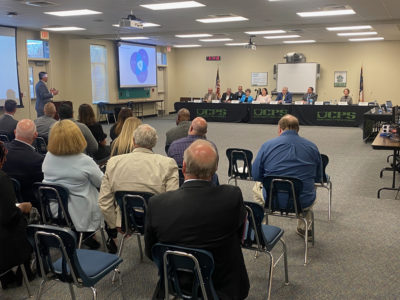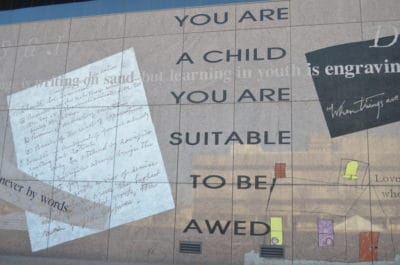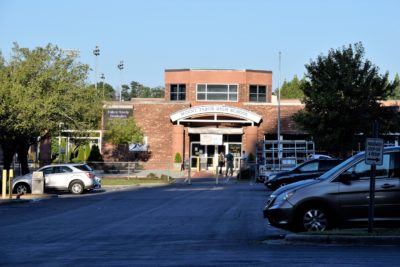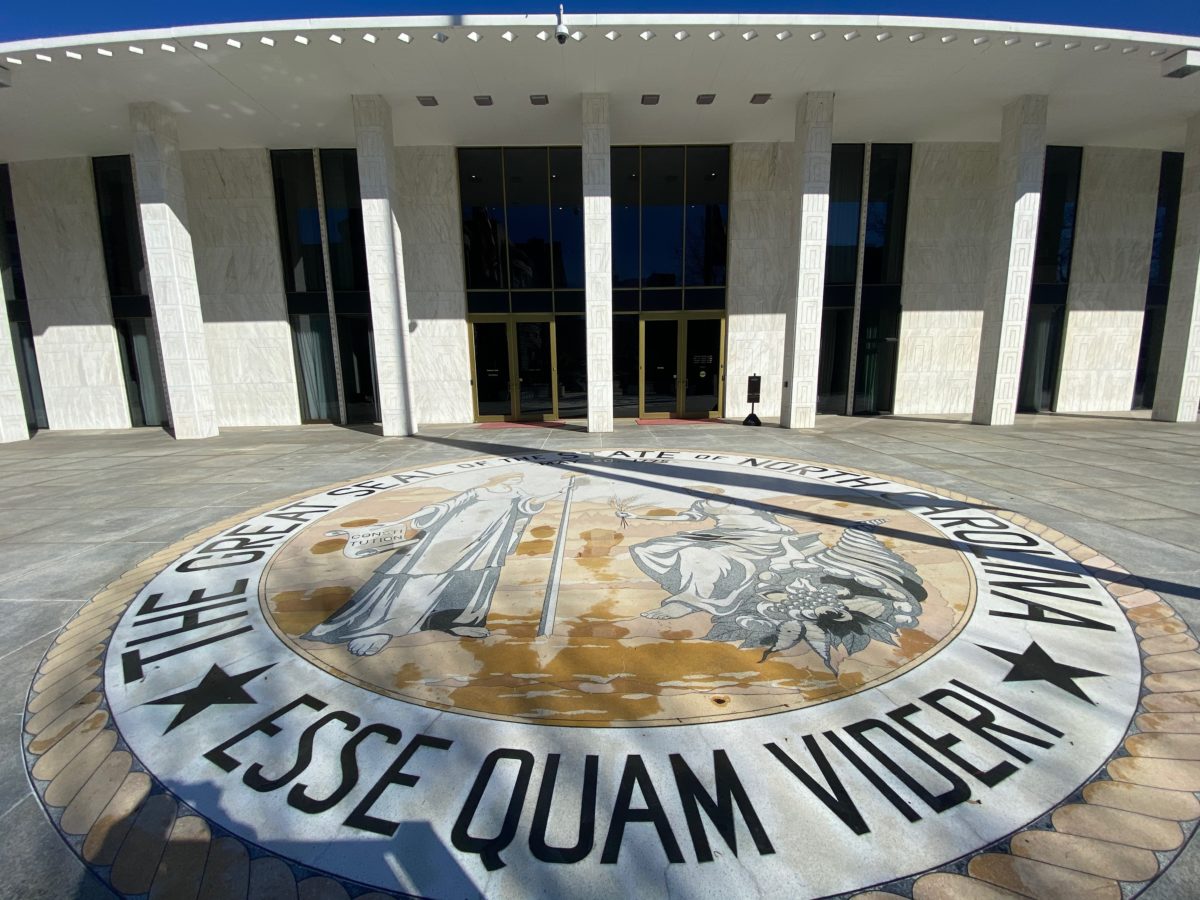
Share this story
- The House K-12 education committee met Wednesday to discuss school safety — including data showing schools haven’t been submitting required safety plans.
- At a House K-12 education committee meeting Wednesday, the director of the N.C. Center for Safer Schools revealed that there had been over 250 credible threats of planned school attacks since August 2021.
The N.C. House Committee on K-12 Education met Wednesday to hear an update on school safety in the state. This included data that showed that nearly one-third of the state’s schools have not yet submitted a School Risk Management Plan (SRMP) — a requirement of state law.
The meeting comes amid a national conversation about gun violence and school safety after a shooting at an elementary school in Uvalde, Texas left 19 fourth graders and two teachers dead.
“It’s a story we hear all too often,” Rep. John Torbett, R-Gaston and chair of the committee, said of the Uvalde school shooting. “From all over the country, no one can seem to find this absolute solution.”
Sign up for the EdWeekly, a Friday roundup of the most important education news of the week.
The committee heard from Karen Fairley, director of the Center for Safer Schools at the North Carolina Department of Public Instruction, who overviewed her office’s work.
It was Fairley’s presentation that provided the data on SRMPs, which are a component of the state’s approach to making schools safer. SRMPs document how individual schools — in coordination with local law enforcement, first responders, and emergency managers — prevent, mitigate, and respond to threats. These plans include digital diagrams of school layouts that first responders and law enforcement officials can access during an emergency. They’ve been a requirement since 2015. (Charter schools are “encouraged” to submit SRMPs, though not required.)
But, according to Fairley, only 110 schools have submitted plans that have been deemed acceptable — about 5%.
“I believe after last week we won’t get as much resistance, and we’ll want to start those plans,” Fairley said.
She also stated that it’s her office’s goal to “get everyone to at least start their plan by the end of December 2022.”
According to the data from Fairley, 1,099 plans are still considered “drafts” and 776 have not been started.
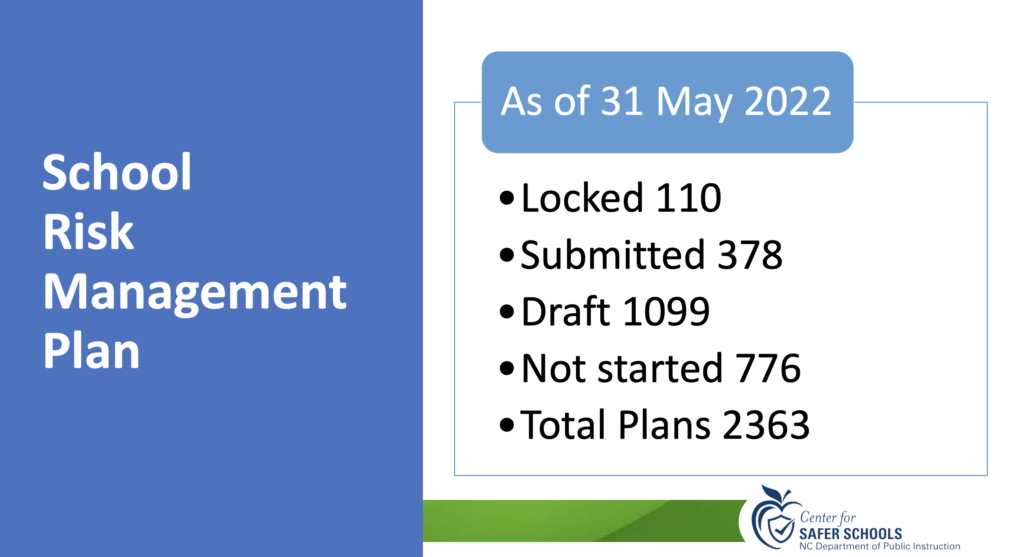
“We’ll start making phone calls if we need to because every child and every parent deserves to be in a safe setting,” said Rep. David Willis, R-Union.
Fairley’s presentation to the committee also revealed that there were 431 reports of planned school attacks — 254 of them considered credible— to the Say Something Anonymous Reporting System (SSARS) since Aug. 1, 2021. The system is an app for students to anonymously report safety concerns or tips.
While all North Carolina public schools are required to have an anonymous reporting system, they are not all required to use the same system. Most — 98 school districts and 154 charter schools — use SSARS.
Fairley is notified at any hour of the day whenever a credible tip is reported. Those tips are threats “of substantial bodily harm or death” when the evidence provided indicates that the suspect “has the means and intent to carry out the threat,” according to Fairley.
Torbett underscored the data on credible threat tips — reading aloud the most recent numbers to attendees after Fairley finished her presentation, including 185 reports of suicide or suicidal ideation and 101 weapons-related reports.
“I feel like we’re doing our job,” he said. “We will continue to do our job and continue to focus on maintaining safety and security for the people of North Carolina through their school system.”
Recommended reading
